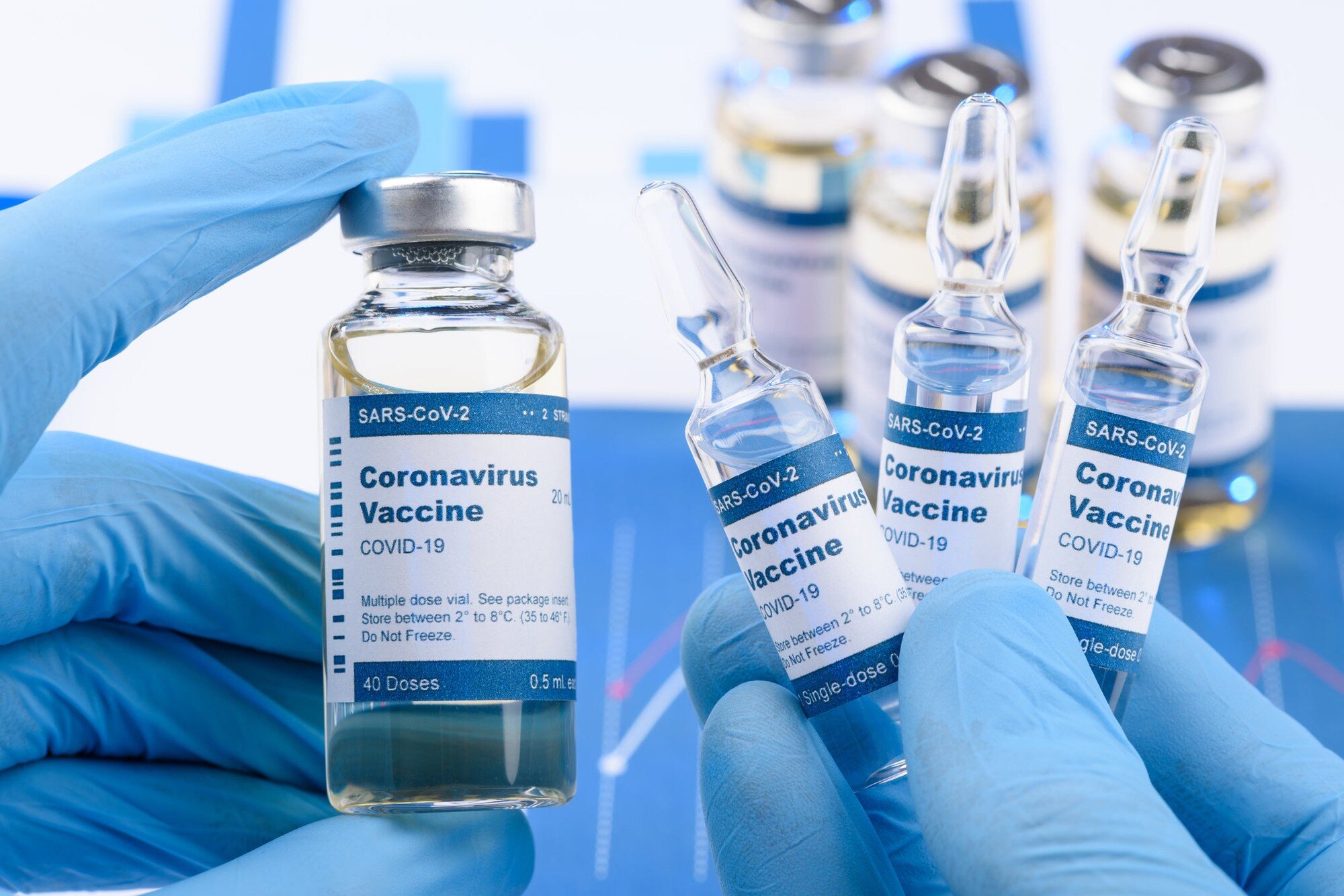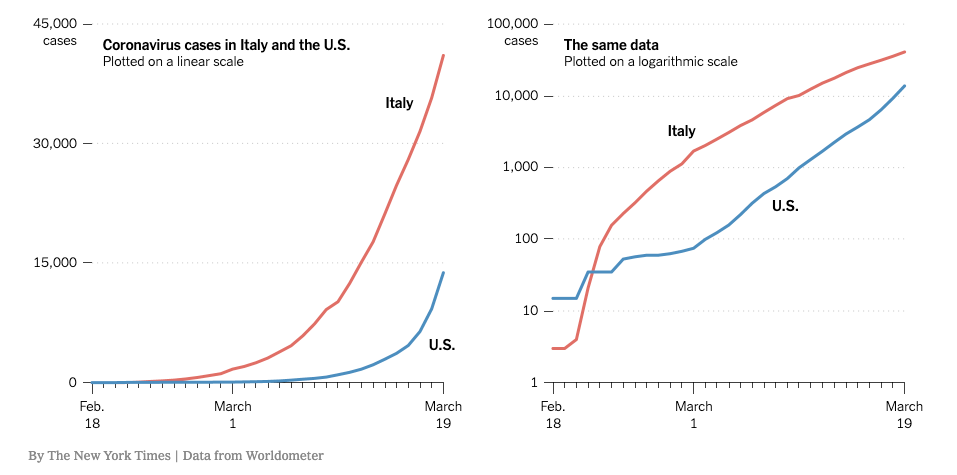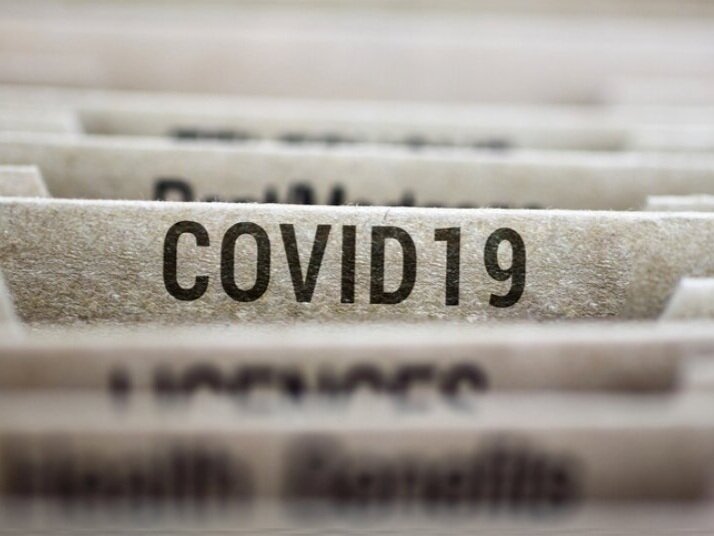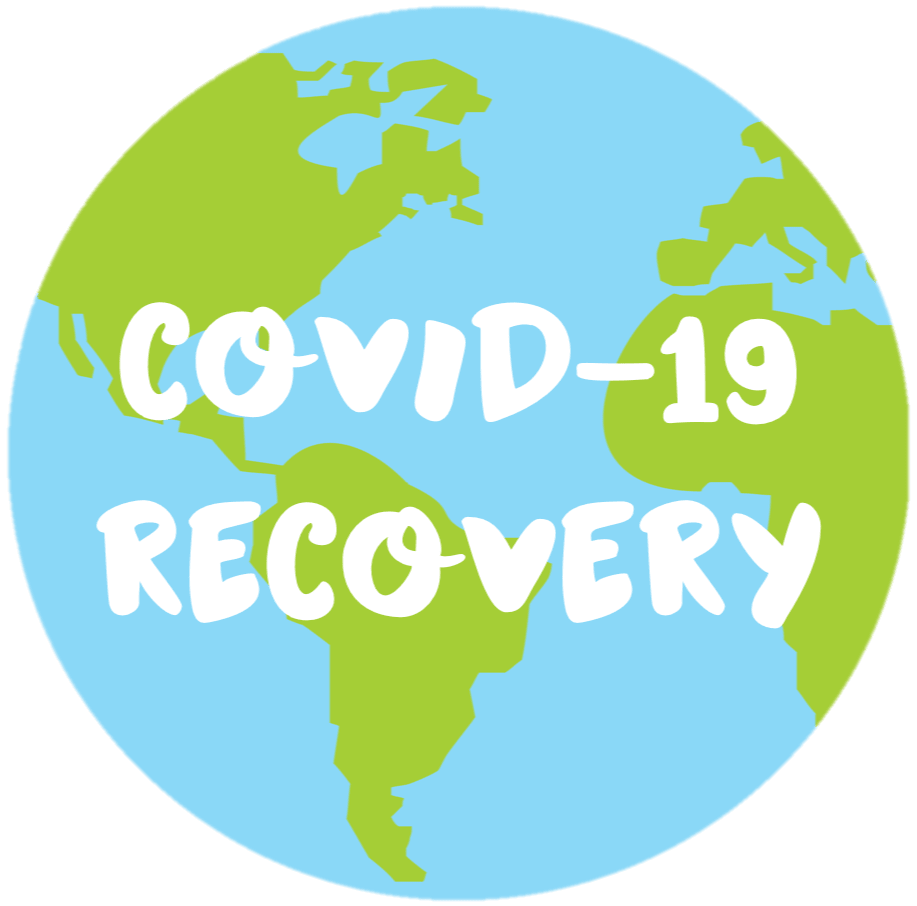Making Sense of Science.
We often fear that which we do not understand.
One of our missions is to help people understand COVID-19: what it is, what we are doing about it, and that there is hope in our technology to stop this pandemic. If science is not your forté, refer to the links below to unscramble the scientific jargon as we make sense of the science behind COVID-19.

What is a Superspreading Event?
During these staggered times and stages of reopenings, we need to be aware of events known as superspreading events, which can see a city with almost no new cases spike overnight. In today’s post we will be talking about these types of events and how crucial it is to continue practicing social and physical distancing despite countries reopening.

Vaccines - Where Are They Now?
As we move into the second half of 2020, researchers and pharmaceutical companies are hoping to be producing and distributing COVID-19 vaccines as early as September. In this week’s post we will be taking a look at two of the leading vaccine candidates in terms of how they work, their clinical trial progress, and when they are planning to be distributed.

What We Can Learn From the COVID-19 Pandemic
Active case numbers vary across the world, with countries like New Zealand hosting no active cases of COVID-19, to the United States which is still struggling with an increasing number of new cases. But how did this come to be? What is the difference in the response and recovery time of these countries and others around the globe? In today’s post, we will be looking into the different global responses of some of the ‘healthiest’ countries in the world and discuss how they were able to mitigate and seemingly recover from COVID-19 so quickly.

Understanding COVID-19 Testing
While a greater quantity of COVID-19 tests leads to higher confirmed case numbers, the World Health Organization has cited testing as ‘critical to tracking the virus, understanding epidemiology, informing case management, and to suppress transmission’. In this week’s blog post, we will help you understand the different types of COVID-19 tests, how they work, and who should consider getting tested.

The Protective Use of Masks
With more essential workplaces and community hubs reopening, governments at all levels are recommending the use of masks, especially in areas where physical distancing is challenging. Though there remains differing opinions on mask use, research suggests this precaution is one worth taking. In this week’s post, we will be delving further into studies related to the effectiveness and reasoning behind mask-use during this pandemic.

3 Precautions You Can Take Against COVID-19
The easing of lockdown restrictions and reopening of cities is happening all over the globe. While this marks the first steps of going back to a normal life, there are a few precautions we can take to help us, and those around us, stay safe. In this blog post, we will discuss the reasoning behind physical distancing protocols, the correct use of masks, and whether to ‘glove or not to glove’.

Vaccines: Frequently Asked Questions
There are many questions surrounding the development and use of vaccines, who should get them, and if they can truly provide long-lasting immunity against diseases. In this post, we will try and address some of the most common questions behind vaccines and hopefully debunk some myths you may be buying into.

Understanding Vaccines
COVID-19 vaccine trials are taking place around the globe, and it’s time we understand what a vaccine is and how they help us prepare to fight disease. In this post we will outline what vaccines do, the different types of vaccines, and a few of the current vaccines being tested in COVID-19 trials.

Possible Treatments: Remdesivir
The World Health Organization has launched the multinational trial ‘SOLIDARITY’ to search for the most promising candidate treatments and therapies. One of these treatments includes the drug Remdesivir. Initially a drug developed to combat Ebola, this post will discuss how the drug works and its applications in the fight against COVID-19.

Understanding COVID-19 Statistics
People always seem to trust numbers. The words of politicians, news outlets, and even medical practitioners often have a recognised level of subjectivity to them, but numbers are objective. They can’t lie. This level of trust belies how easy it is for statistics to be misunderstood or even manipulated. In this post, we will discuss what makes the numbers imperfect, how to better understand them, and how far we should trust the conclusions drawn from them.

Possible Treatments: Convalescent Plasma (CP) Therapy
Convalescent plasma therapy has been used in the past to combat SARS, MERS, H1N1, Ebola and other viral infections. As a result, it is no wonder why CP therapy clinical trials are currently underway in many parts of the world to combat COVID-19. In this post, we will explain what CP therapy is, how it works, and its current applications in the COVID-19 pandemic.

Understanding Clinical Trials
From a scientist’s idea to a manufactured drug, there are many steps in developing and getting approval for medications. In the search for a treatment to combat COVID-19, researchers all over the world are trying to expedite clinical trial processes. In this post, we break down the different phases of a clinical trial into their methods and goals to take you from laboratories to consumer shelves.

The Numbers Behind the Pandemic
How can we quantify a pandemic? Or even the outbreak of a virus? For years, researchers have studied what constitutes an outbreak and have assigned a numerical value to determine the likelihood of an infectious disease to become an outbreak.

9 Terms To Know Surrounding COVID19
Have you ever felt confused about some of the buzz words you’re hearing? Or some of the medical terminology that is being used? In this glossary post we outline 9 common terms you’ll hear surrounding the topic of COVID-19.

Possible Treatments: Chloroquine
What is Chloroquine and How Does it Work?
Simplifying the science behind a potential new treatment…
